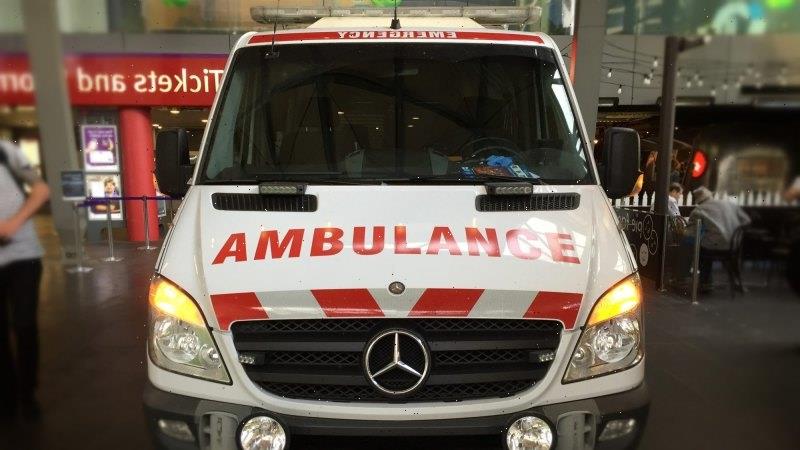Victorians using the triple-zero emergency hotline waited longer for ambulance calls to be answered than the rest of the country, even as other states and territories faced a greater surge in call demand through the pandemic.
The collapse of Victoria’s triple-zero call taking capacity in 2021 and 2022 has been linked to the deaths of 33 people.Credit:Paul Rovere
Only 65.6 per cent of ambulance calls to Victoria’s Emergency Services Telecommunications Authority (ESTA) were answered within the national benchmark of 10 seconds during the 2021-2022 financial year, a decrease from 88.9 the year before.
This is by far the poorest performance recorded by any Australian state and territory over recent years, and more than 20 per cent behind Queensland and NSW over the same period, which were still answering more than 85 per cent of their ambulance calls on time.
The staffing crisis at the Victoria’s triple-zero call agency has been linked to the deaths of 33 people, including several children. It resulted in thousands of people having to wait many minutes on hold, and in some cases more than half an hour, before they were connected to an ambulance operator.
The Victorian government has been keen to link the disaster to the unprecedented pandemic-related demand, but new data released by the Productivity Commission confirms that other jurisdictions were able to weather similar jumps in call volume with a much smaller decline in performance.
Over the financial year, Victoria recorded a 12.4 per cent increase in calls requiring an ambulance. NSW reported a 13.3 per cent increase, Queensland 10.2 per cent and South Australia 14.9 per cent.
In the years before the pandemic, ESTA had repeatedly lobbied the Victorian government to provide consistent funding to recruit staff and cater for anticipated heightened demand. Unions had also warned about serious staff shortages and delays.
Victoria has had a slide in ambulance response times during the pandemic, but the new data reveals it is still outperforming many other states, an achievement Victorian Ambulance Union secretary Danny Hill attributed to investment in triage services such as virtual emergency departments.
South Australia’s performance was particularly worrying. Response times there stretched to almost an hour for some code-one patients.
Hill said every ambulance service in the country had reported a blow-out in response times, as people struggled to get appointments with their GP and access other preventative care in the community.
With Medicare funding and healthcare reform high on the agenda of Friday’s national cabinet meeting, Hill said he hoped deteriorating ambulance performance was front of mind for the nation’s leaders.
“I really hope that they look at the ambulance figures, and they see that when they’re underfunding primary care, it’s not just the patients who can’t get an appointment, they’re actually taking ambulance crews away from patients.”
A Victorian government spokesperson said almost 99 per cent of ambulance calls at Victoria’s triple-zero service were answered within five seconds last month, a record.
Millions of dollars were invested in ESTA and more than a hundred new ambulance call takers and dispatchers were hired after The Age exposed the dangerous collapse of performance at the agency.
“Prior to the pandemic surges, ESTA had met or exceeded the monthly call taking target for answering emergency ambulance calls of 90 per cent of calls in five seconds each year since 2015,” a state government spokesman said.
“We’ve provided substantial funding to ESTA both before and during the pandemic to help with demand and put on extra resources when they’ve needed it.”
Victoria’s opposition health spokeswoman, Georgie Crozier, said the Andrews government took far too long to invest in ESTA “after multiple warnings over many years”.
The Morning Edition newsletter is our guide to the day’s most important and interesting stories, analysis and insights. Sign up here.
Most Viewed in National
From our partners
Source: Read Full Article

